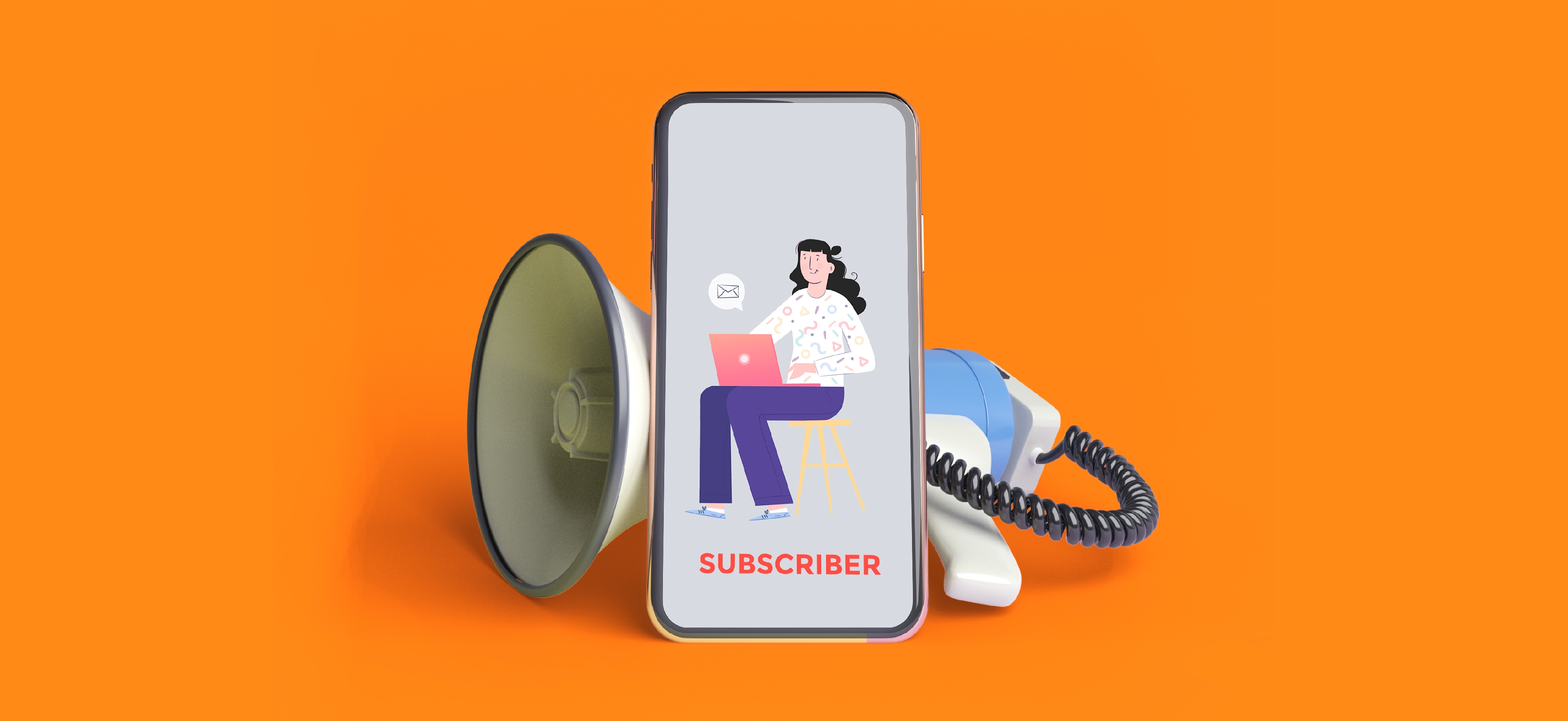
Best practices (and legal obligation) around SMS Marketing dictate that your customers must opt-in to receiving text communications from your business. Additionally, they must also be provided with a clear and simple way to opt-out should they no longer wish to receive texts.
We’ve said it before, and we’ll say it again- you don’t want to be holding customers hostage to your SMS marketing. If they are no longer gaining any value from your texts, customers should be able to easily opt-out.
To that end, the best way to keep your subscribers around for the long haul is to constantly deliver the value promised through your SMS marketing! Although the end goal of any marketing strategy is usually to grow your business in some way, your SMS marketing strategy needs to provide value to your customers, as well. Look at it as a trade; customers provide their phone number, and your business gives them something in return.
You’ve worked hard to build your list, and now you need to hold on to as many subscribers as possible. Read on to find out how!
How To Keep Your SMS Marketing Subscribers Around For the Long Haul
- Make
sure customers understand what they’re signing up for in the first place.
When you’re collecting cell phone numbers for the purpose of SMS marketing, make sure that you are explicit about your intentions. For instance, if a customer orders from your ecommerce store and provides their phone number for shipping updates, it’s bad form to start blasting them with promotional messages, as well.
Instead, give customers the ability to choose one of those options, both, or neither. When requesting a phone number in this scenario, your web form should have two check boxes: one to opt-in to shipping updates and one to opt-in to promotional texts. That way, your customer has not only given you the permission to text that is required by law, but your business can avoid looking spammy.
However your business decides to gather phone numbers for SMS marketing, your purpose should be made crystal clear. Will your messages mostly consist of deals and coupons? Or maybe you plan on using texting to send business updates or appointment/payment reminders?
Make sure you and your team are clear on the answers to those questions. Then, make it clear to your customers.
- Set
customer expectations with a welcome message.
An additional way to make customers aware of exactly what they’re getting themselves into as an SMS marketing subscriber is by sending them a welcome message after they’ve opted-in. Many business texting services allow you to set up automated messaging, which will make sending welcome messages super easy.
Your welcome message could look something like this:
“Hey
[customer name]
! Welcome to the Really Good Shop’s Loyalty Program. We’re so excited that you’ve joined us for exclusive coupons and rewards! As a thank you, here’s a one-time discount code for 10% OFF your next purchase with us: TENOFF.”
This message hits all the major points that you would want to convey! You’re welcoming the customer, letting them know what they can expect from your texts, and giving them a ‘thank you’ reward. (Bonus tip: coupon/discount incentives are a great way to build your list.)
- Segment
your list.
One way to ensure that customers are receiving the messages they want (and only the messages they want) is to ask them! If your business plans to use SMS marketing for a variety of purposes (loyalty program, deals, coupons, business updates, appointment/payment reminders, etc.) you may want to make sure that customers can choose which type of messages they want to receive when they opt-in.
Additionally, many business texting services offer a contact segment feature. How you segment your list is up to you, however, it should be done in a way that will help you send the right messages to the right customers. If your customers are given the option to choose which type of messages they receive, for example, segment your list according to those preferences. Using segments in this way will help you send the messages that are most likely to convert.
Many businesses choose to segment their subscriber list according to demographics or customer persona(s), as well. For instance, if your business sells a service or product for homeowners, it’s in your best interest to figure out what each customer persona needs and wants from your SMS marketing. The needs of younger, new homeowners might be different than those of older or more experienced homeowners.
You can also use past purchases to determine how to segment your list, especially if your business provides a wide variety of products and/or services. Perhaps you sell products for gardeners. Include a segment of customers who have bought a category of product, like potted flowers, and inform those customers when you’re having a sale on additional items they might be interested in, like garden tools.
Segmenting your subscriber list is a smart way to predict what type(s) of SMS marketing to send to different customers. Working smarter, not harder, in this way will not only provide the value that your customers want, but it will also increase your chances of converting.
- Avoid
spamming customers at all costs.
There are a few widely accepted do’s and don’ts of business texting, and one of the ‘do’s’ is considering the timeliness and frequency of your messages. No one wants to be bombarded with constant texts. This can be intrusive and annoying- resulting in more unsubscriptions.
The first consideration you should be making is the time of day in which you’re sending messages to customers. Not only will this help your business avoid appearing spammy, but it may also help to increase your conversion rate. For instance, if you’re a restaurant sending coupons in the middle of the night, your customer won’t be likely to redeem that coupon right away and may even forget about it altogether. Conversely, if you’re sending coupons around the time most people are figuring out their dinner arrangements, they’ll be more likely to redeem.
Frequency of SMS marketing is another important consideration. If you’re texting customers every day or, heaven forbid, multiple times a day- STOP! You’re more likely to annoy your customers to death than you are to actually make a sale. Texting customers once a week, as a general rule, is an acceptable frequency that will seem non-invasive while still keeping your business top-of-mind with customers.
- Conduct
‘exit surveys.’
Another incredibly useful feature included in many business texting subscriptions is survey texting. This can be useful to conduct surveys on many aspects of the customer experience, so make sure you’re putting this feature to good use!
Unfortunately, no matter how well you adhere to these or other tips, it’s rather likely that some customers will eventually choose to unsubscribe to your SMS marketing. When that happens, ask them if they’d be willing to complete a short survey as to why they’ve chosen to unsubscribe.
Taking the temperature of ‘unsubscribers’ will help you to get a better idea of how to retain your remaining subscribers, especially if you see that people are choosing to unsubscribe at a higher rate than you’re used to. Put their answers to practical use if there seems to be some sort of consensus. This will help you to improve the experience of remaining subscribers and limit the number of customers opting-out in the future.
—
Use
these tips in your SMS marketing strategy to keep delivering the content that
customers want and limit the amount of people who choose to opt-out!
For more free tips on how to make SMS marketing work
for your business, check out the rest of our
blog!

0 Comment